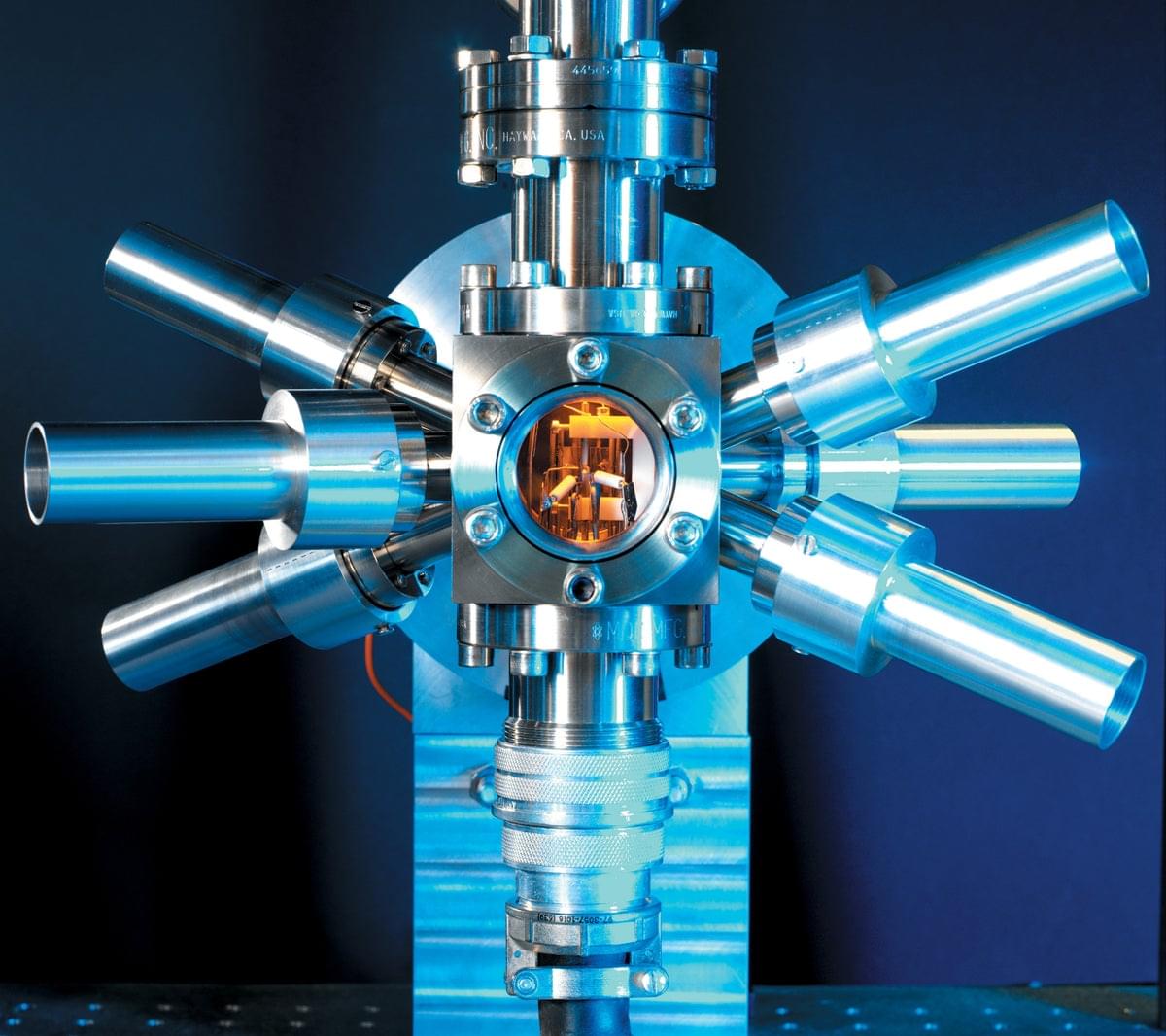A strontium optical clock produces about 50,000 times more oscillations per second than a cesium clock, the basis for the current definition of a second.
Advances in atomic clocks may lead to a redefinition of the second, replacing the caesium standard (recent work on thorium nuclear transitions is still a long way from taking that role).
Also, NIST uses egg incubators(!) to control temperature & humidity.
New atomic clocks are more accurate than those used to define the second, suggesting the definition might need to change.
By Jay Bennett edited by Clara Moskowitz
Inside a laboratory nestled in the foothills of the Rocky Mountains, amid a labyrinth of lenses, mirrors, and other optical machinery bolted to a vibration-resistant table, an apparatus resembling a chimney pipe rises toward the ceiling. On a recent visit, the silvery pipe held a cloud of thousands of supercooled cesium atoms launched upward by lasers and then left to float back down. With each cycle, a maser—like a laser that produces microwaves—hit the atoms to send their outer electrons jumping to a different energy state.
